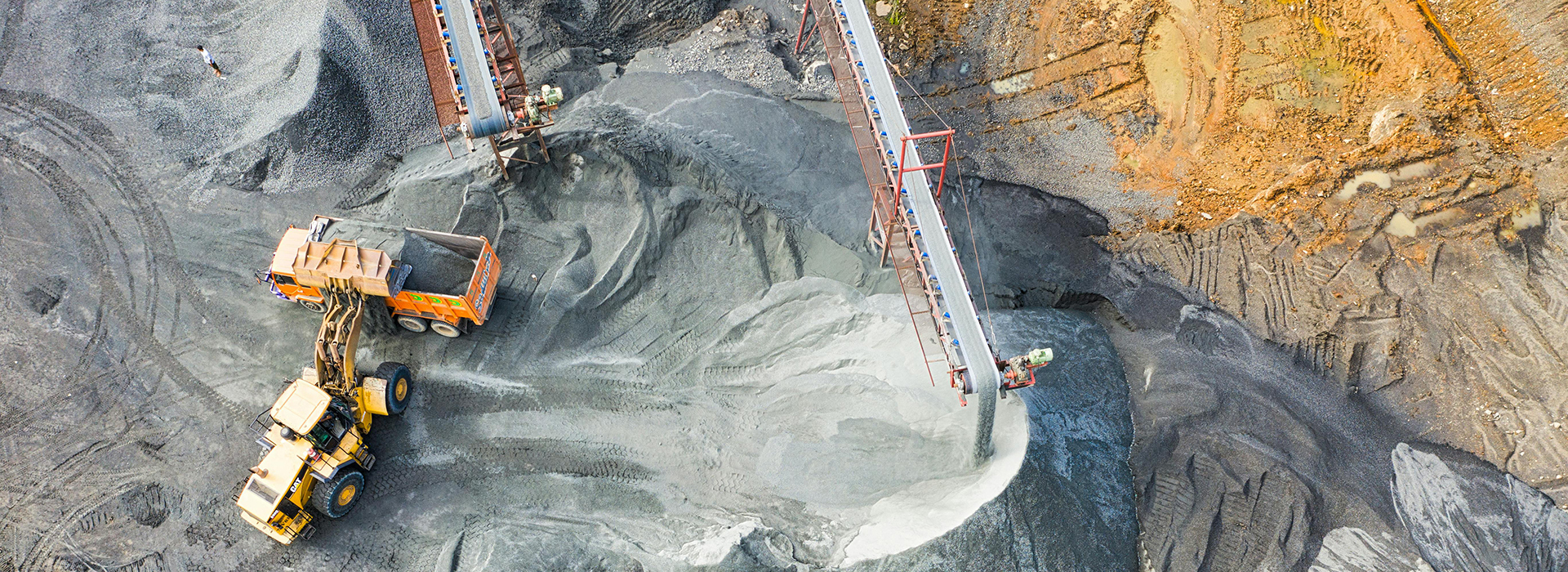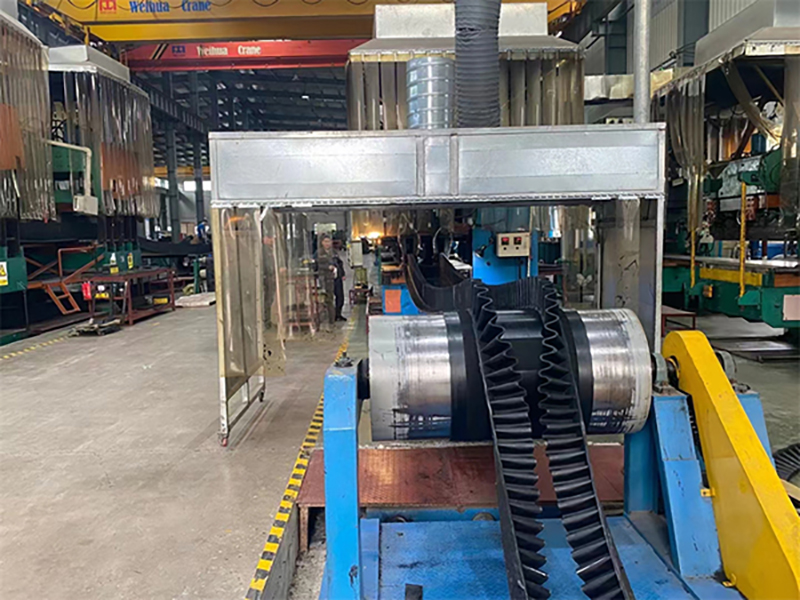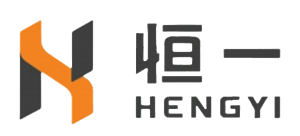
What is a Standard Conveyor System?
2025-11-04 14:08Standard Conveyor System
You may find standard conveyor systems effective for horizontal or gently inclined transport over long distances. These systems allow you to control speed and process, which helps reduce the risk of product damage. Independent power zones can minimize downtime if a motor fails. However, you must consider the significant space requirements and the lack of flexibility in warehouse layouts. Standard conveyors often require infrastructure changes and are not portable, which can complicate future adjustments.
You may need to invest more in infrastructure.
You cannot easily relocate these systems.
The cost can be about twice that of collaborative mobile robots.
Choosing the Right Steep Angle Sidewall Conveyor Belt
You should evaluate your facility’s needs before making a decision. If you operate in a space-constrained environment or need to move materials at steep inclines, a Steep Angle Sidewall Conveyor Belt offers clear benefits. This system eliminates transfer points, handles high capacities, and supports a wide range of materials with low maintenance. You can also select from different belt types and rubber qualities to match your application.
Note: If you use standard conveyor belts in complex systems, you risk material loss at steep inclines due to the lack of cleats and sidewalls. Always match your conveyor choice to your operational priorities and material handling challenges.
You see clear differences between steep angle sidewall and standard conveyor systems. The Steep Angle Sidewall Conveyor Belt handles steep inclines, maximizes capacity, and saves valuable floor space. This makes it ideal for industries like mining, construction, and power generation. When choosing a system, consider your space, material type, incline, and safety needs.
For operations with limited space or steep elevation changes, you gain efficiency and reliability by selecting a steep angle sidewall solution.
Choose the system that best matches your facility’s layout and production goals.
FAQ
What is the main advantage of a steep angle sidewall conveyor belt?
You can move materials at much steeper angles—up to 90°—compared to standard conveyors. This design saves floor space and reduces the number of transfer points, making your operation more efficient.
Can you retrofit a steep angle sidewall conveyor into an existing facility?
Yes. You can often retrofit these systems into existing layouts. The compact footprint and modular design let you install them in tight spaces without major structural changes.
What types of materials can you transport with a steep angle sidewall conveyor?
You can handle a wide range of materials, including powders, granules, aggregates, and even fragile or sticky products. The system adapts to different densities and sizes by adjusting cleat and sidewall specifications.
How does maintenance compare between steep angle sidewall and standard conveyors?
You will spend less time on maintenance with steep angle sidewall belts due to their robust construction and fewer transfer points. However, you should inspect sidewalls and cleats regularly for wear.
Does a steep angle sidewall conveyor cost more to operate?
You may pay more upfront, but you often save on operating costs. The system reduces spillage, energy use, and downtime. Over time, you can achieve a lower total cost of ownership.
How do you clean a steep angle sidewall conveyor belt?
You should use targeted cleaning methods, such as high-pressure air or water jets, to remove debris from cleats and sidewalls. Regular cleaning prevents buildup and keeps your system running smoothly.
In which industries do you see the most benefit from steep angle sidewall conveyors?
You see the greatest benefits in mining, construction, logistics, food processing, and recycling. These industries often face space constraints and need to move materials at steep inclines.
Can you use a standard conveyor for steep inclines?
No. Standard conveyors typically handle inclines up to 20°. For steeper angles, you need a sidewall system with cleats to prevent material rollback and spillage.

